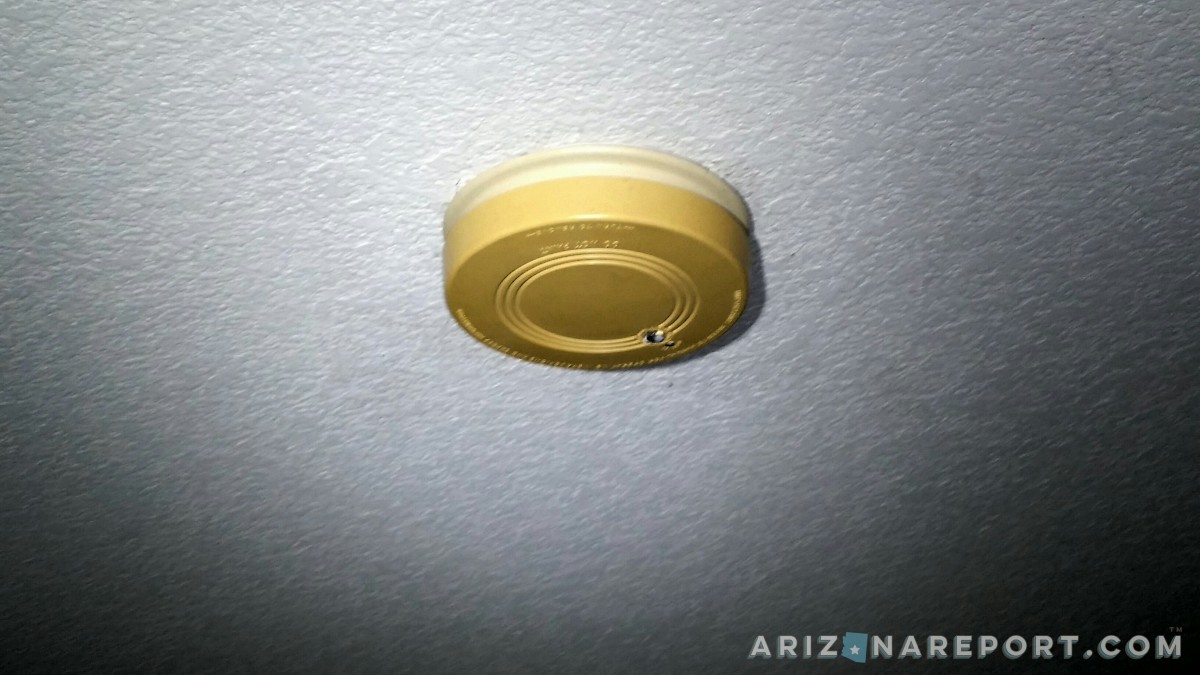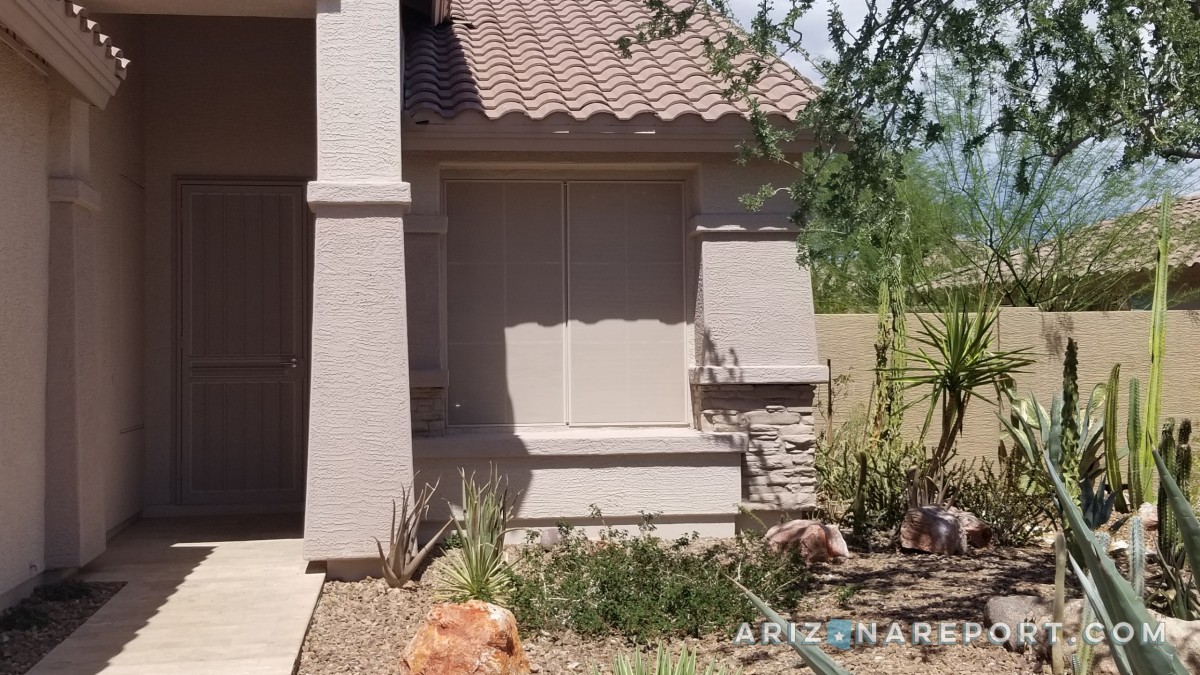- Fountain Hills Ties as Safest Zip Code in Phoenix - Oct 14, 2019
- How Many Single-Family Homes in Maricopa County? - Oct 13, 2019
- Investing in Multi-Family Real Estate in Your 20s - Oct 9, 2019
The yellowing of residential smoke alarms is sometimes incorrectly attributed to excessive nicotine residue from cigarette smoking. It may only seem like a cosmetic concern. Yet if you are buying an existing home with discolored smoke alarms, you will want to take an additional step. These units may present a risk.
Many consumer-grade products that are made of plastic, like smoke alarms, are injected with a chemical called bromine. Brominated flame retardants (BFRs) are common in plastics and are used to reduce the flammability of the consumer products they permeate. As a side effect, this additive turns the polymer yellow over time as it is exposed to heat, oxygen, and UV light.
You may have seen this evolving bisque color on an aging video game console, recessed ceiling light housing, or an old computer monitor. The resin casing of a smoke alarm may also become brittle or crack.
Manufacturers may not have fully intended the color-change effect, but it turns out that the yellowing is fortuitous. Old and neglected smoke alarms are a liability.
The National Fire Protection Association (NFPA) released a September 2015 study which revealed that smoke alarms were present but not working in 21% of home fires that resulted in deaths. A link to the study is here.
The Federal Emergency Management Agency (FEMA) recommends that smoke alarms in the home be replaced at least every 10 years. The yellowing roughly corresponds to its shelf life. It’s a reminder to go shopping for new smoke alarms to keep the home’s occupants safe.
Even if they appear newer, don’t guess on the age of the smoke alarms in your home. It’s easy to determine the age. A manufacture date sticker is affixed inside the cover or on the reverse side of the unit. Add 10 years for your replacement timetable.
Here are some guidelines to get the most out of your home’s smoke alarms:
- install one in every sleeping room
- never paint smoke detectors
- use alarms with flashing lights for the elderly and hard-of-hearing
- don’t install next to windows, exterior doors or air returns where drafting would interfere with unit operation
- replace batteries at least once per year
- don’t mix different brands of wireless interconnected alarms in the home as they may not communicate effectively
- do mix the two types of smoke detectors; ionization (best for flaming fires) and photoelectric (best for smoldering fires) for optimal coverage
- test units monthly
The home inspector who you hire for your real estate transaction should report on the presence or absence of smoke alarms. However, he is not required to test the individual units, so don’t assume that units are fully operational. Be sure to replace batteries in all detectors when you move into your new home.
Mark the battery replacement schedule on the calendar. One easy way to remember the task is to perform it annually on a birthday or anniversary.
Smoke alarms can be purchased for less than $10 each at Arizona hardware stores and home improvement chains like Lowe’s and Home Depot. Fire safety technology is evolving rapidly as prices decrease. In addition to smoke and fire detection, advanced detection units can alert homeowners to high carbon monoxide or natural gas levels inside the home.
The Scottsdale Fire Department offers a limited service to assist residents with smoke alarm installation, checks and battery replacements. Call 480-312-8000 or email fire@ScottsdaleAZ.gov. A cursory internet scan for this article reveals that fire departments in Phoenix, Mesa, Peoria and Sun City all have similar programs.
Take five minutes this evening to check the smoke alarms in your home.
I make it a rule never to smoke while I’m sleeping.
– Mark Twain, pen name of Samuel Langhorne Clemens, American humorist, writer and entrepreneur







